Olympic Mascots Throughout The Years
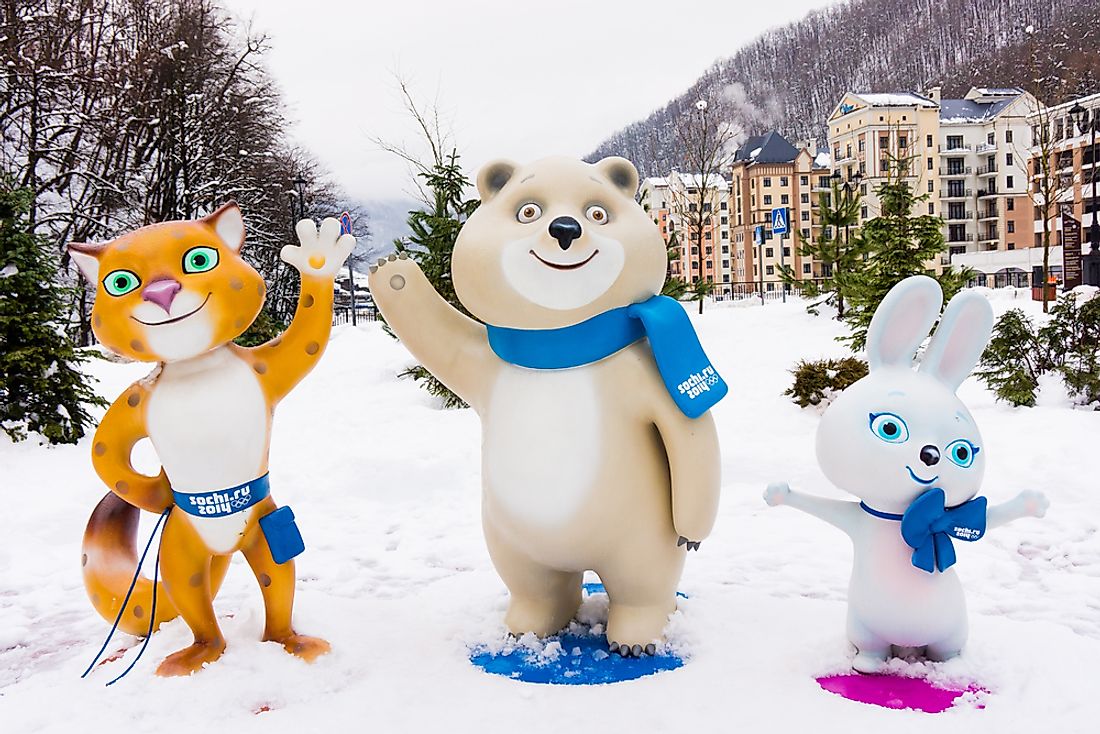
Olympic mascots are fictitious characters in the form of animals or human figures who are used to symbolize the cultural traditions of a place or country where the Olympic and Paralympic Games take place. Throughout the years, several Olympic mascots have been used to showcase the diverse cultures of the host cities and nations as a whole. The first Olympic mascot was created in 1968 during the Grenoble Olympics and identified as "Schuss." It was in the form of a little man and painted blue, red, and white, which are the colors of France.
Nevertheless, the first official mascot was Waldi, a Dachshund dog that appeared in Munich during the 1972 Summer Olympics. This particular breed was used to symbolize resistance, tenacity, and agility, all of which are traits recommended for athletes. Mascots have since been embraced and have played a significant role in psyching up the Olympics. Both the host cities and the host countries at large use mascots to show off their heritage. Each of the host nations has the mandate to take charge and applaud their culture and pride.
In the upcoming 2020 Olympics and Paralympics in Tokyo, to be held in 2021, the mascots Miraitowa and Someity will be featured.
Pyeongchang 2018
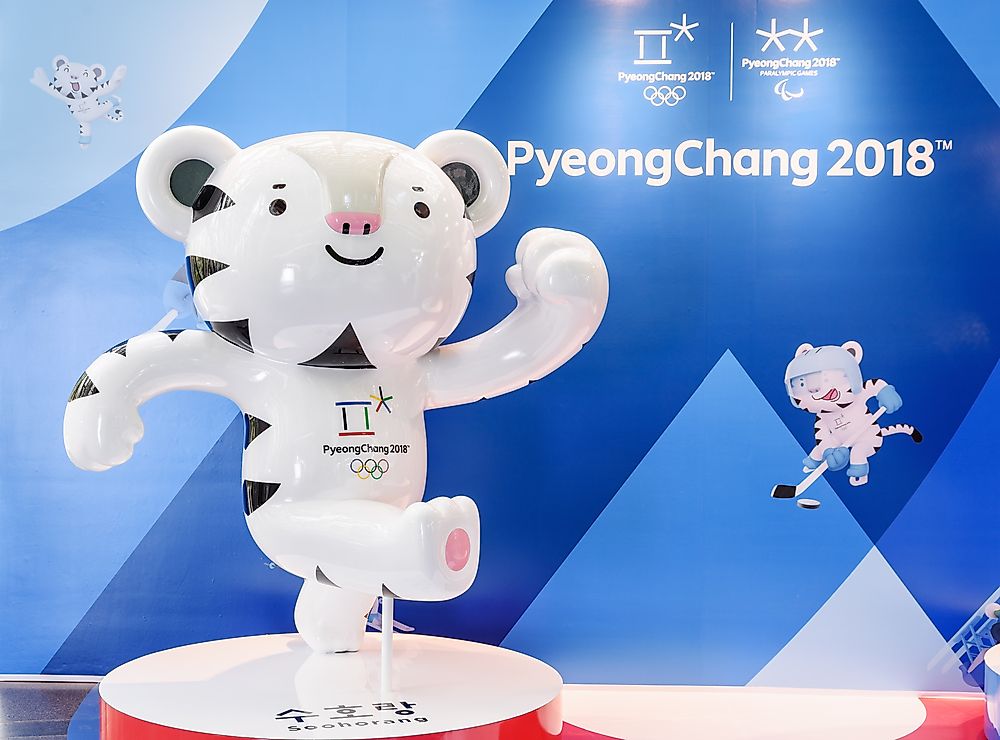
The 2018 winter Olympics in Pyeongchang featured Soohorang, a white tiger, as the Games’ mascot. A white tiger has always been associated with the Koreans as a guardian animal and linked to trust, protection, and strength. It is a symbol of protection. Soohorang was designed by Jangdongryeon, Leeheegon, and Jangingyu.
Rio de Janeiro 2016
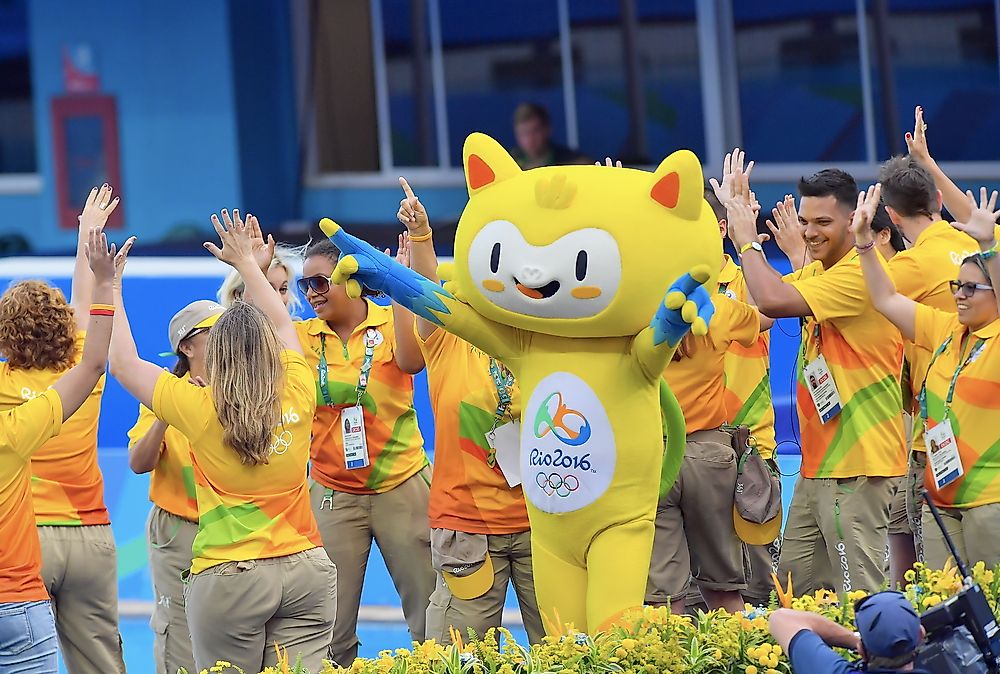
In Rio de Janeiro, Brazil, the 2016 Olympics saw the ultimate adoption of Vinicius the mascot, an animal that represents all the Brazilian mammals. It is an inspiration from the entire Brazilian wildlife family, and named after Vinicius de Moraes, who wrote the 1962 bossa nova song titled "The Girl from Ipanema," through a public participation voting process. Paulo M. and Luciana Eguti designed the Vinicius mascot.
Sochi 2014
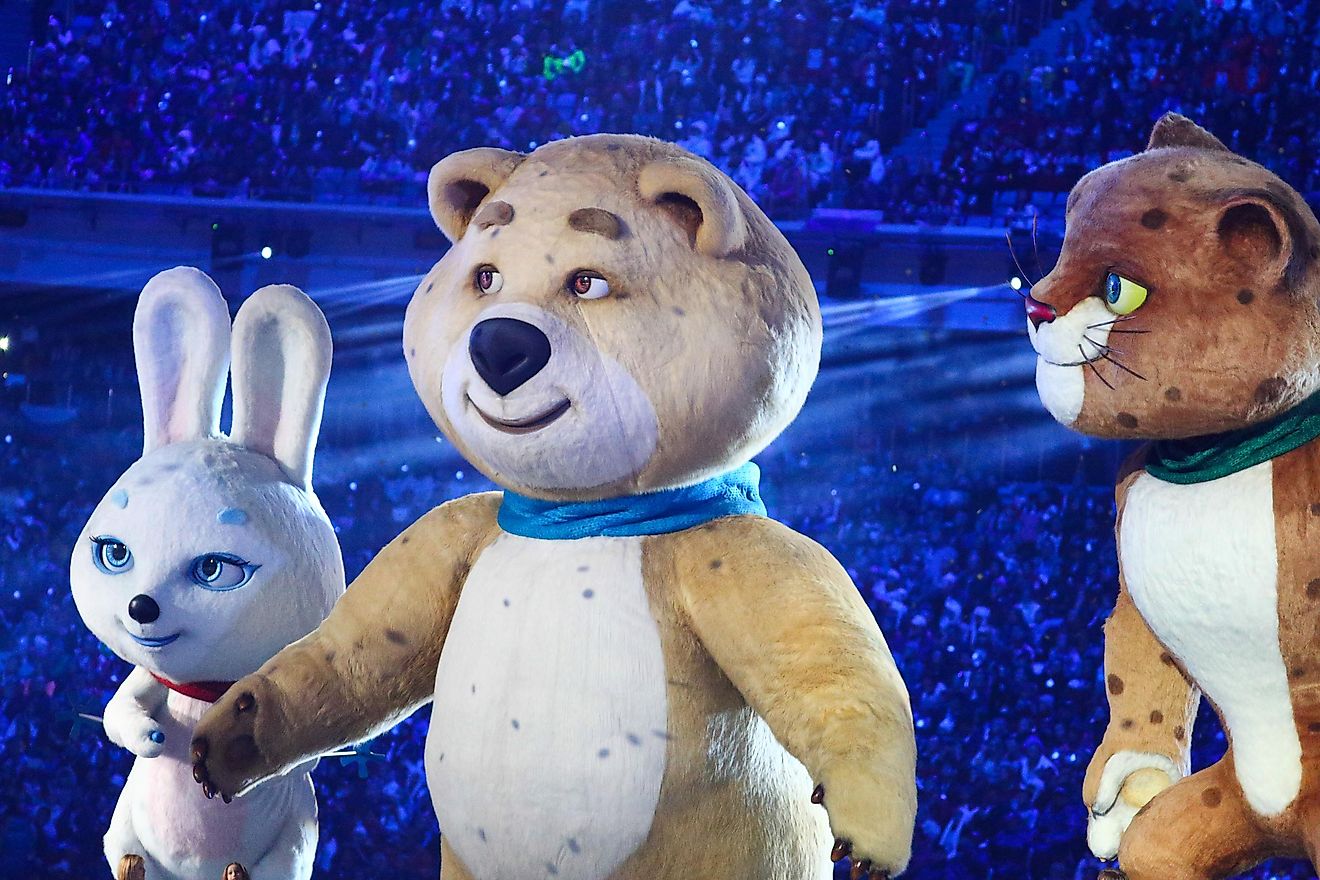
In Sochi, Russia, three mascots were adopted. They included Bely Mishka (a polar bear), Zaika (hare), and Snow Leopard (leopard) all designed by Silvia Petrova, Oleg Serdechny, and Vadim Pak. They were all agreed upon by a popular vote.
London 2012
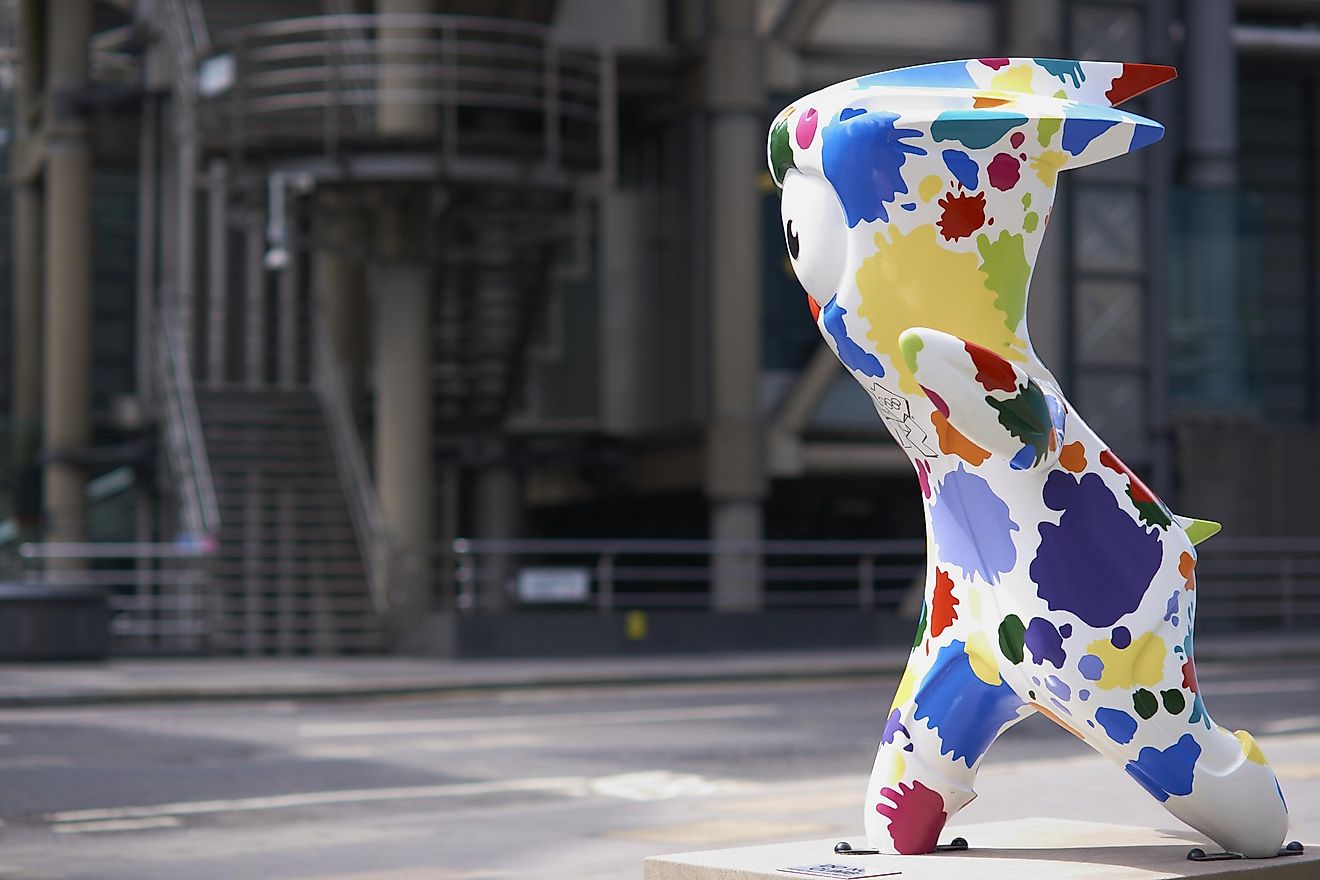
During the 2012 Summer Olympics in London, UK saw the adoption of Wenlock the mascot. His skin was made of polished steel and he had one eye (a camera). He was partially yellow, symbolizing the London taxis. The name Wenlock came from a village in Shropshire called Much Wenlock, where in 1850, Olympian Games were held which are regarded as having inspired the modern Olympic revival movement.
Vancouver 2010
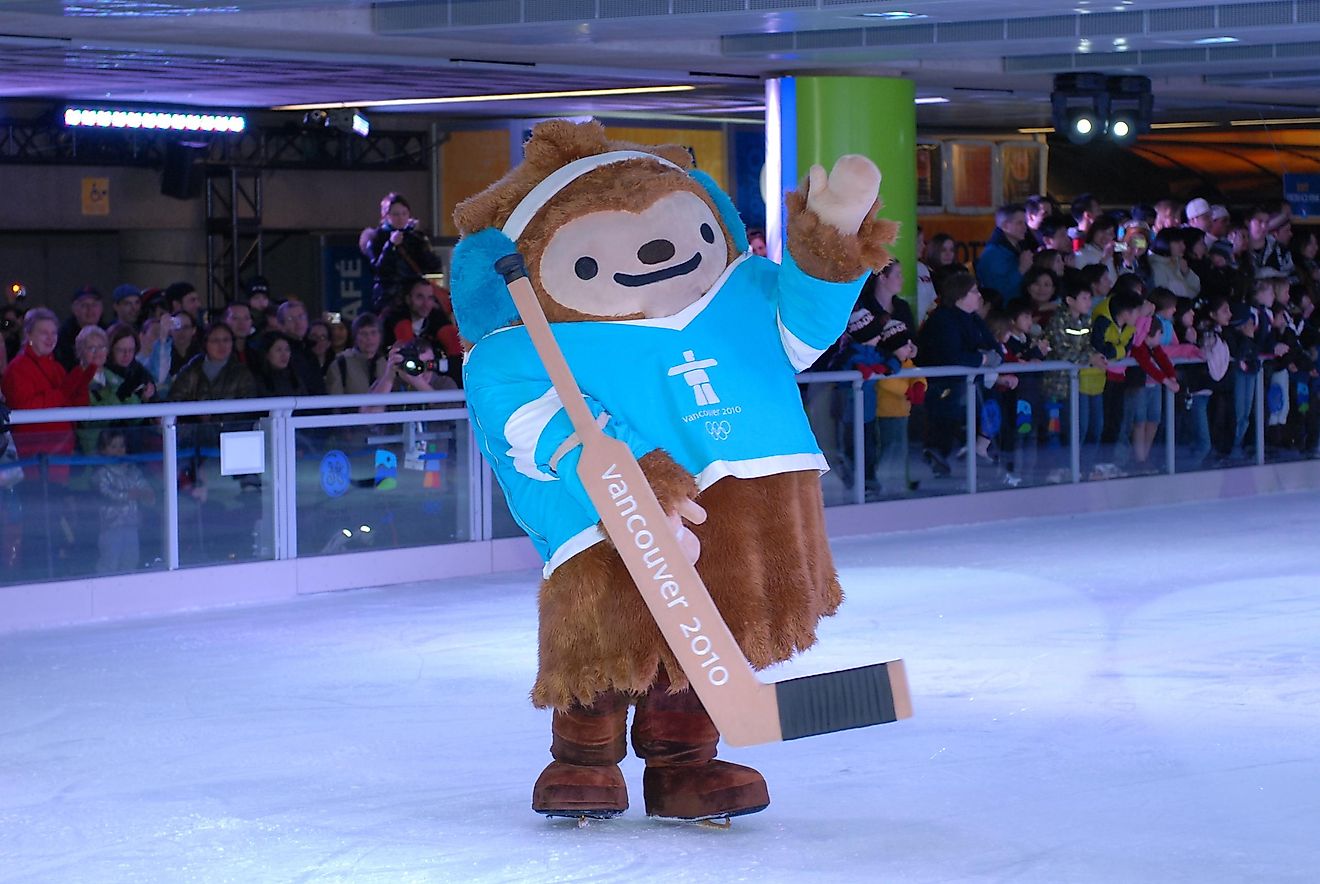
The 2010 Winter Olympics were held in Vancouver, Canada, and had four mascots: Miga, Quatchi, Mukmuk, and Sumi. Miga the mascot was a mythical sea bear that lives off the coast of Vancouver Island. The bear enjoys surfing during summer and snowboarding during winter. Quatchi the mascot symbolized a Sasquatch who comes from the Canadian forests and wears blue earmuffs. He also loves traveling the globe. Sumi is an American black bear and a Thunderbird, a spirit in Indigenous mythology. She wears a hat resembling that of the Haida Indigenous people. Sumi comes from the word Sumesh, meaning guardian spirit. Mukmuk, on the other hand, is characterized as a marmot. He has a large appetite, and the name Mukmuk comes from the word Muckamuck which means "food" or "to eat." The four mascots were a creation by the Meomi Design duo, Michael Murphy and Vicky Wong.
Beijing 2008
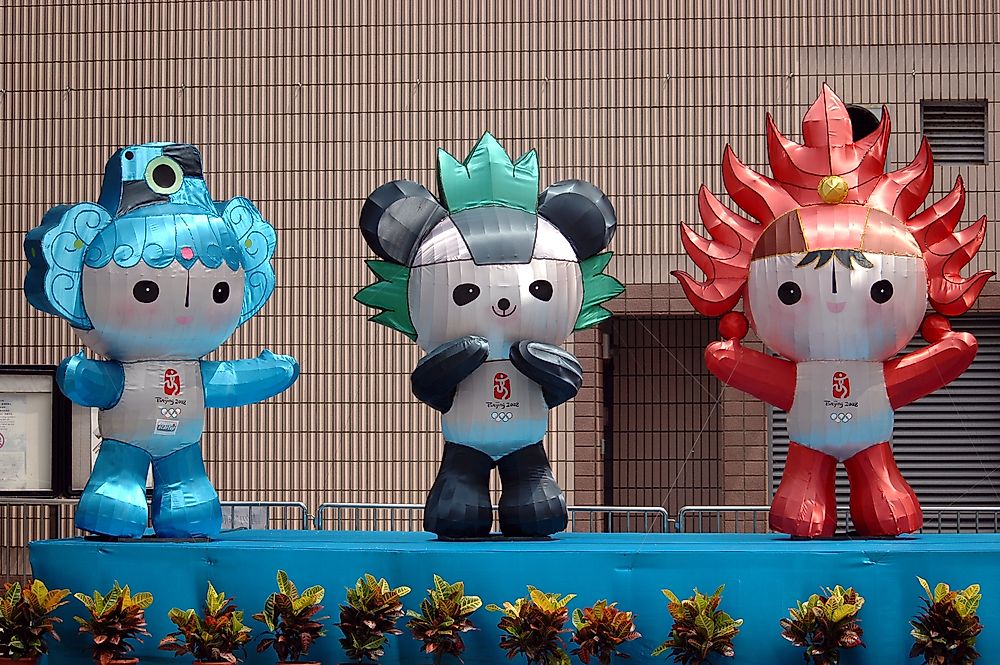
The 2008 Beijing, China Olympics saw the adoption of several mascots. These were dolls with special characteristics, including Beibei the fish, Jingjing the giant panda, Huanhuan an Olympic flame, Yingying a Tibetan antelope, and Nini a swallow. Except for the Olympic torch, the other four are popular animals in China and represent water, forest, earth, and sky, respectively. The formation of the combination of these words means "Welcome to Beijing." All these mascots bear different colors each representing one of the five Olympic rings. These mascots were models by Han Meilin.
Turin 2006
The 2006 Winter Olympics held in Turin had mascots called Gliz and Neve which represented a humanized male ice cube and a humanized female snowball, respectively. They both symbolize successful Winter Games. While Neve characterized harmony and elegance during movement, Gliz is angular and smooth in shape, which means the power and strength of athletes. Neve wears red while Gliz wears blue. Pedro Albuquerque designed these creations.
Athens 2004
Athens adopted Athena and Phevos during the 2004 Summer Olympics. They represented two siblings, a brother and a sister. The designer of these mascots was Spyros Gogos.
Salt Lake City 2002
Powder, Copper, and Coal were the formal mascots of the games in the year 2002. These three names are the three most precious natural resources of Utah in the United States, the state where Salt Lake City is found. Copper, Powder, and Coal are a coyote, a snowshoe hare, and a black bear, respectively. The coyote can climb the highest mountaintops, the snowshoe hare is swift, and the black bear is mighty. These three attributes symbolize the Olympic motto Altius (higher), Citius (faster), and Fortius (stronger). Each of the three mascots wore a charm around its neck.
Sydney 2000
The official mascots for the Olympic Games in Sydney, Australia were Olly, Syd, and Millie. All were initials formed from three words. Olly from "Olympics," Syd from "Sydney," and Millie from "Millenium." The three mascots are a kookaburra, a platypus, and an echidna, respectively. The three animals symbolize the water, air, and earth respectively. Olly signifies the Olympic spirit of generosity, Syd represented the environment and the strength of the Australians, and Millie signifies the Millennium age. They were an idea brought by Mathew Hatton and Jozef Szekeres.











